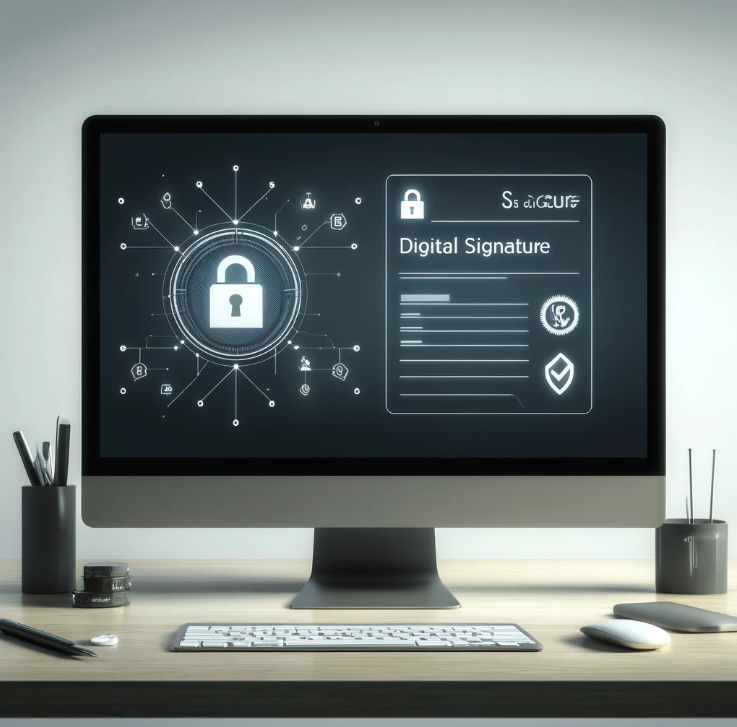
08 May eIDAS and Document Signing: Developing Software Compliant with ETSI Electronic Signature Standards
Electronic signatures have become an essential tool in today’s digital world, facilitating quick and secure transactions without the need for physical interactions. In the European Union, the eIDAS Regulation establishes a legal framework for electronic signatures, providing a clear regulatory environment. Additionally, the standards of the European Telecommunications Standards Institute (ETSI) specify the technical requirements for developing electronic signature solutions. This article explores how to develop electronic signature software that complies not only with eIDAS but also with ETSI standards.
Understanding eIDAS
The eIDAS Regulation (Electronic Identification and Trust Services) was adopted to create a single digital market in Europe, providing a legal framework for electronic transactions. Under eIDAS, electronic signatures are classified into three levels: simple, advanced, and qualified, each offering an increasing level of security and legality.
- Simple Electronic Signature: This is the most basic form, which can be as simple as a name written at the end of an email.
- Advanced Electronic Signature: Ensures that the signer’s identification is uniquely linked and that the data used for the signature are under their exclusive control.
- Qualified Electronic Signature: Involves the use of a secure signature creation device and is backed by a qualified electronic signature certificate.
Compliance with ETSI Standards
ETSI defines a set of technical standards that ensure the interoperability and security of electronic signature services. To develop software that complies with these standards, it is crucial to follow these steps:
- Requirements Analysis and Regulatory Compliance: Before beginning development, it is crucial to understand the specific requirements of eIDAS and the applicable ETSI standards. This includes analyzing the types of electronic signatures that the software will need to support and the security requirements associated with each.
- Selection of Appropriate Technology: Choose technologies that meet the cryptographic standards recommended by ETSI. This includes encryption algorithms, authentication methods, and security hardware (such as protected cryptographic modules).
- Software Development: During development, integrate secure coding practices to protect against vulnerabilities. The software must be capable of generating signature data that ensure the integrity and authenticity of electronic documents.
- Rigorous Testing: Conduct thorough testing to ensure that the software functions correctly in all intended scenarios and against potential attacks. This includes security, functionality, and compatibility tests.
- Certification of Compliance: Obtain certification from a recognized body that validates the software complies with eIDAS and ETSI standards. This may include testing by accredited laboratories and obtaining qualified certificates.
- Implementation and Ongoing Support: Once implemented, it is vital to provide regular updates and technical support to keep the software up to date with the latest security standards and respond to any new vulnerabilities that may arise.
Legal and Ethical Aspects
In addition to technical aspects, it is essential to consider the legal and ethical implications of developing electronic signature software. This includes ensuring user privacy by properly handling personal data and electronic certificates, as well as ensuring that the software is not used for fraud or illegal activities.
Use Cases and Benefits
The benefits of implementing eIDAS and ETSI compliant electronic signature software are numerous. It facilitates business transactions by providing a legally recognized means to sign contracts and documents remotely. Additionally, it enhances operational efficiency and reduces the costs associated with managing paper documents.
Conclusion
Developing electronic signature software that complies with eIDAS and ETSI standards is a challenge that requires a rigorous approach to security and compliance. However, the benefits of providing a robust and secure solution are clear, as it enhances trust in electronic transactions and contributes to the advancement of Europe’s single digital market. By following the steps outlined and maintaining a continuous commitment to quality and security, businesses can ensure success in this innovative field.

